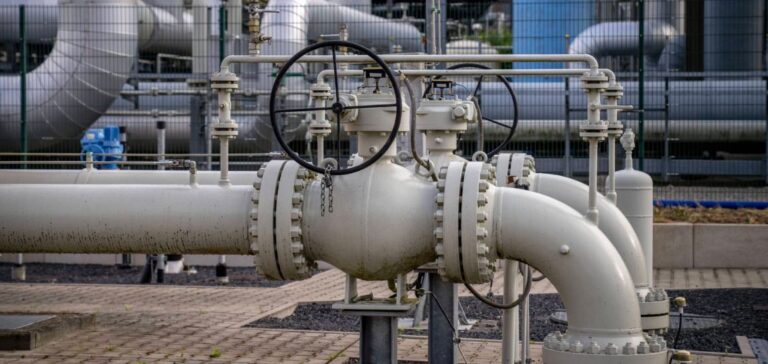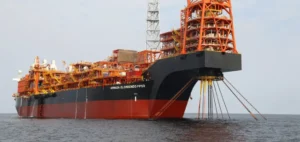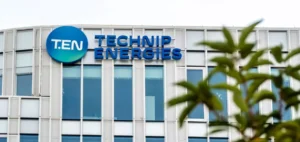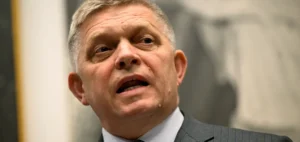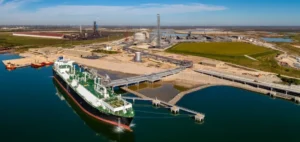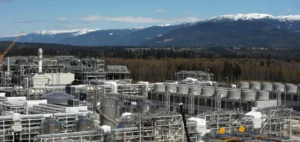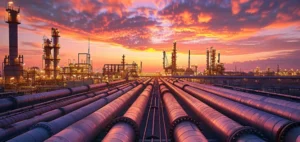France began Thursday for the first time to transport gas directly to Germany, a step and a symbol in the European energy solidarity to overcome this winter the drying up of flows from Russia.
“This is historic, the first time that France will deliver gas directly to Germany. Until now we sent gas to our neighbor via Belgium,” said Thierry Trouvé, CEO of GRTgaz, the French gas transmission system operator.
These first deliveries are the result of a mutual aid agreement formalized on September 5 between the French and German leaders, Emmanuel Macron and Olaf Scholz, to bring European solidarity into play at a time when gas is highly coveted and its price is skyrocketing.
After the invasion of Ukraine, Russia significantly reduced its gas supplies to Europe, on which some countries were highly dependent.
This is the case in Germany, which needs this energy to run its factories, the lifeblood of its economy.
France has more gas than its neighbor because it benefits from massive supplies from Norway and liquefied natural gas (LNG) from the United States, which have enabled it to fill its winter stocks to 100%.
The two leaders therefore agreed that France should deliver more gas to Germany, which could in return supply, if necessary, electricity to its neighbor weakened by a low nuclear production.
In this context of “a sharp reduction in Russian gas deliveries to Europe and as part of European solidarity on energy security, GRTgaz has mobilized to adapt its system and formalize a proposal to market gas transmission capacity from the
France to Germany,” the French transmission system operator GRTgaz announced in a statement on Thursday.
The first sales of odorized gas to Germany started at 06:00 am, up to 31 gigawatt-hours/day, passing through the border towns of Obergailbach (Moselle) on the French side, and Medelsheim in Saarland, at the interconnection point of the gas network.
– Reverse the flows –
The level of this capacity will be “evaluated daily according to the network conditions”, and may reach a maximum of 100 GWh/day.
In order of magnitude, this corresponds to the power of four nuclear units or the equivalent of 10% of what France receives each day in LNG in its four LNG terminals, according to GRTGaz, which estimates that it will be able to serve Germany all winter.
“Our calculations allow us to be optimistic on our capacity to serve the French demand and to support the electric production while contributing to the European solidarity”, specified to the AFP Thierry Trouvé.
However, on condition that France saves its “gas lake” with sobriety measures to avoid shortages in the event of a late cold snap.
On this first day, all of the 31 gigawatt hours/day capacity put up for auction was sold in Germany at a reserve transmission price of 1.53EUR/MWh/day. Any excess revenue generated by these tolls will be returned to the
suppliers, in accordance with regulatory rules, GRTgaz said.
While the single interconnection point at the French-German border was designed to operate in the direction of Germany to France, the direction of traffic had to be reversed.
The gas is to be transported through a pipe that has been used until now in an east-west direction, partly from Russia via the Megal central European gas pipeline, which runs through southern Germany.
GRTgaz, in collaboration with the German transporters (OGE and GRTgaz Deutschland), has therefore “made technical adjustments” to “make the flow from France to Germany effective”, “not extremely important work” in the end, said the system operator owned by shareholders who include the French state in their capital.
The situation was more complex on the German side: the country had to take regulatory measures to accept French gas, which has the particularity of being odorized, with a sulphur content, which is not the usual practice for the German industry.

